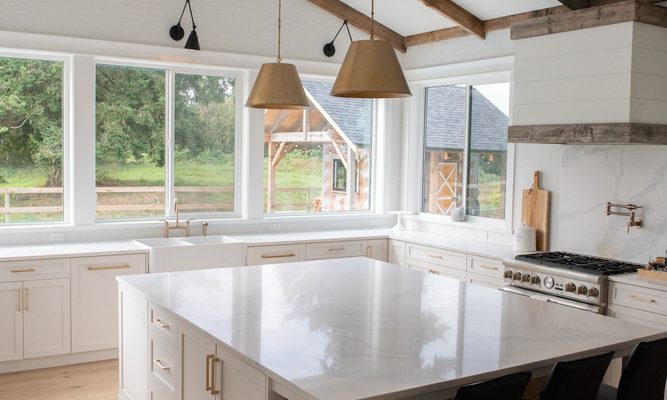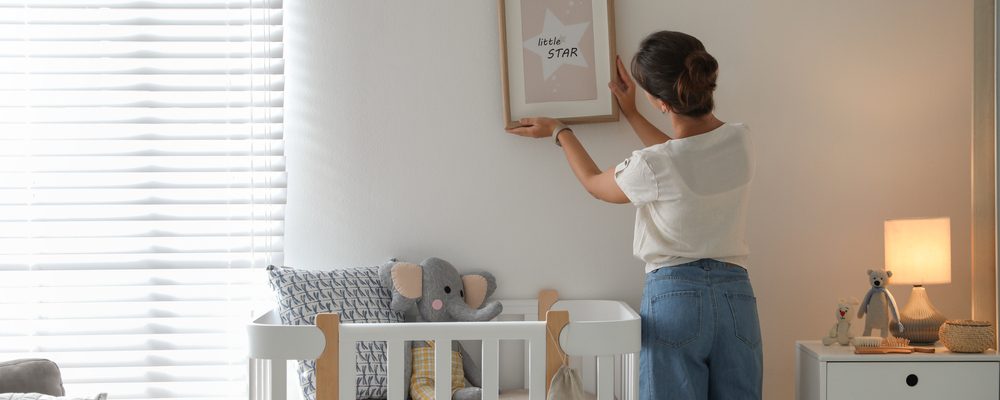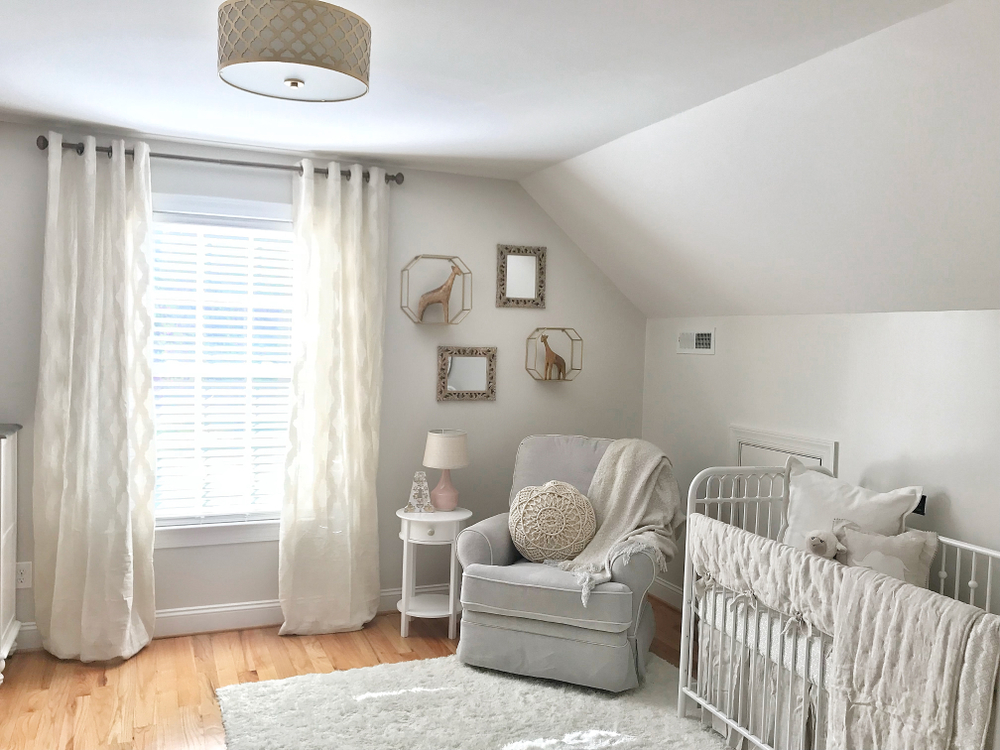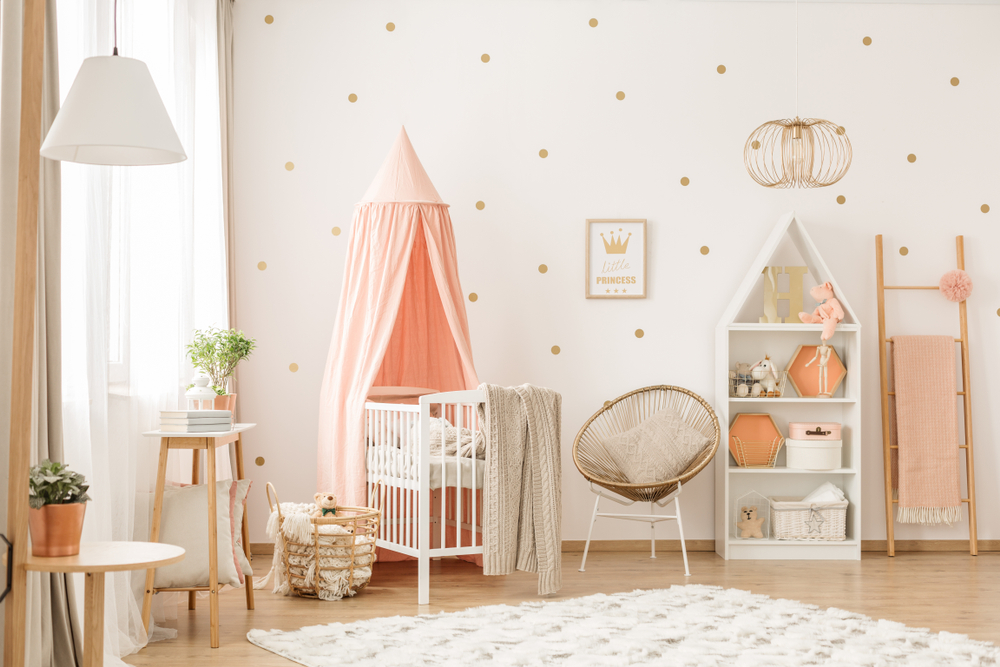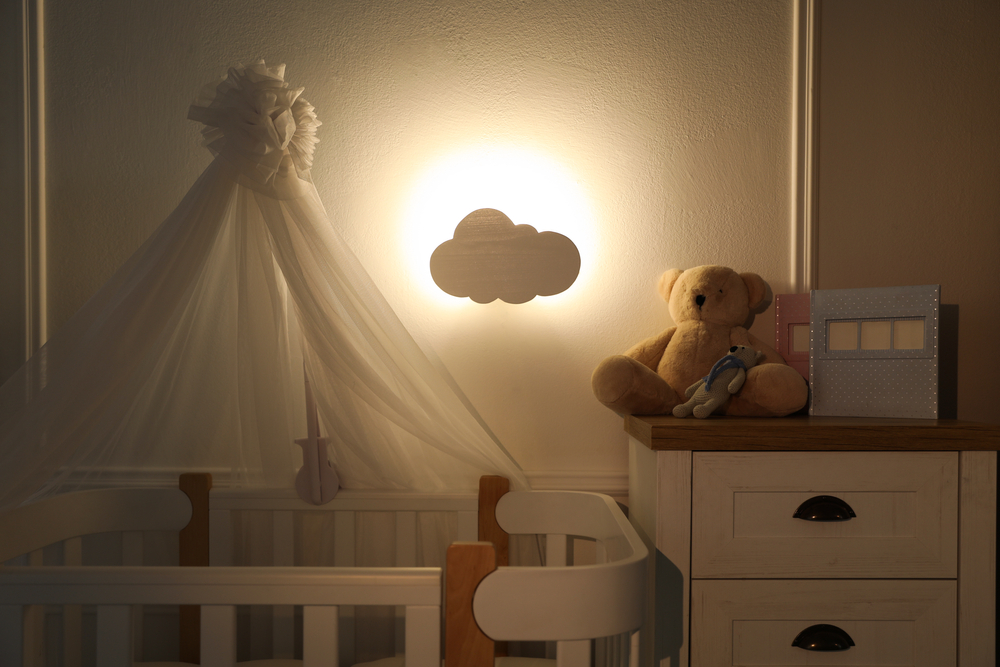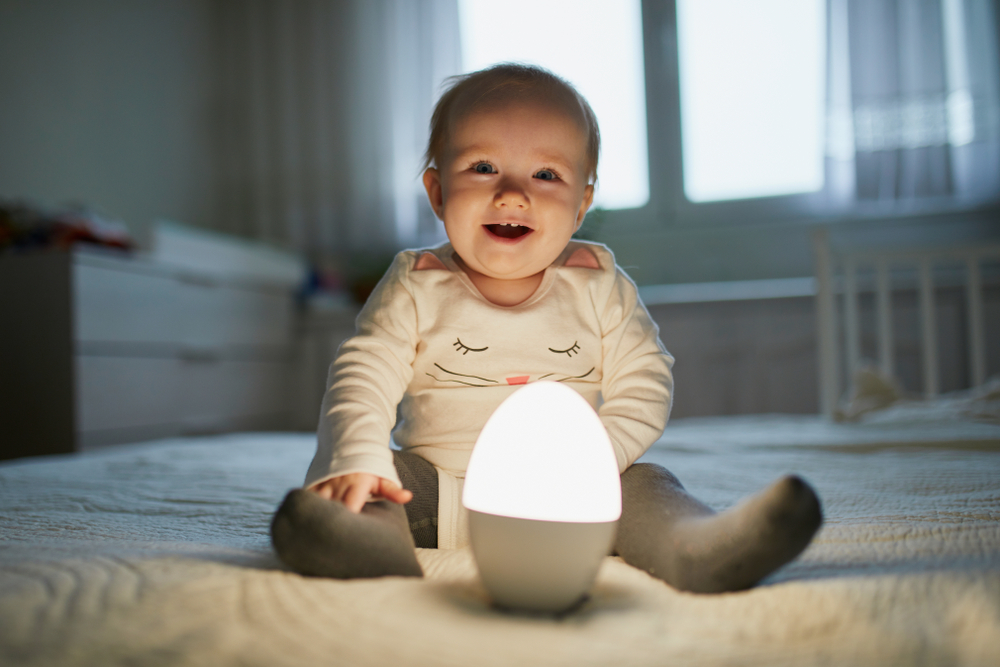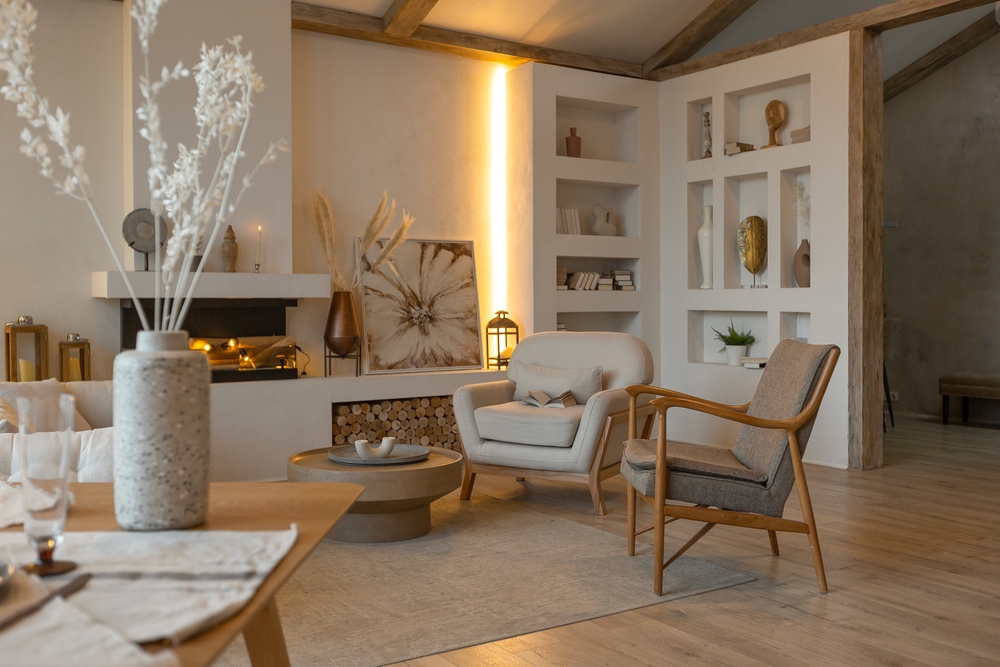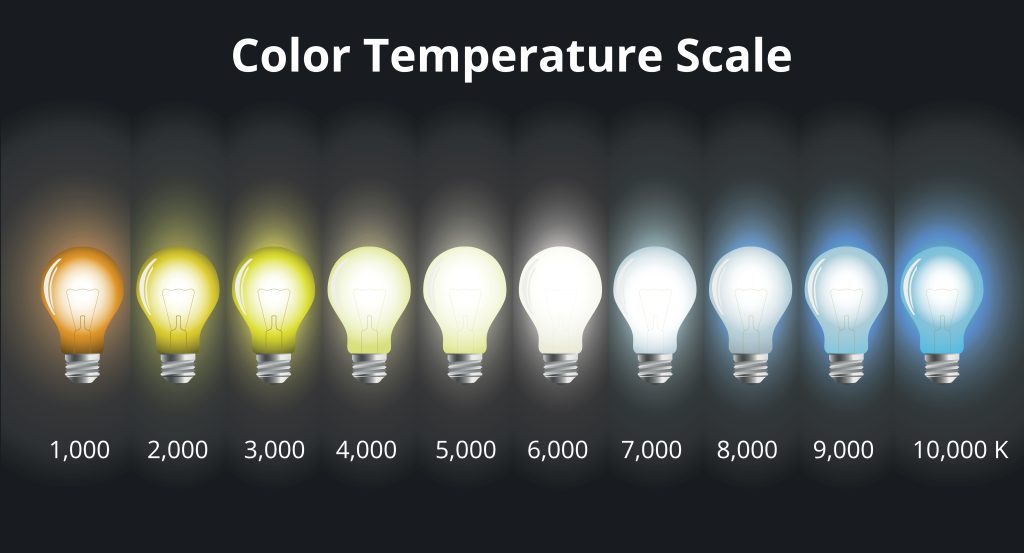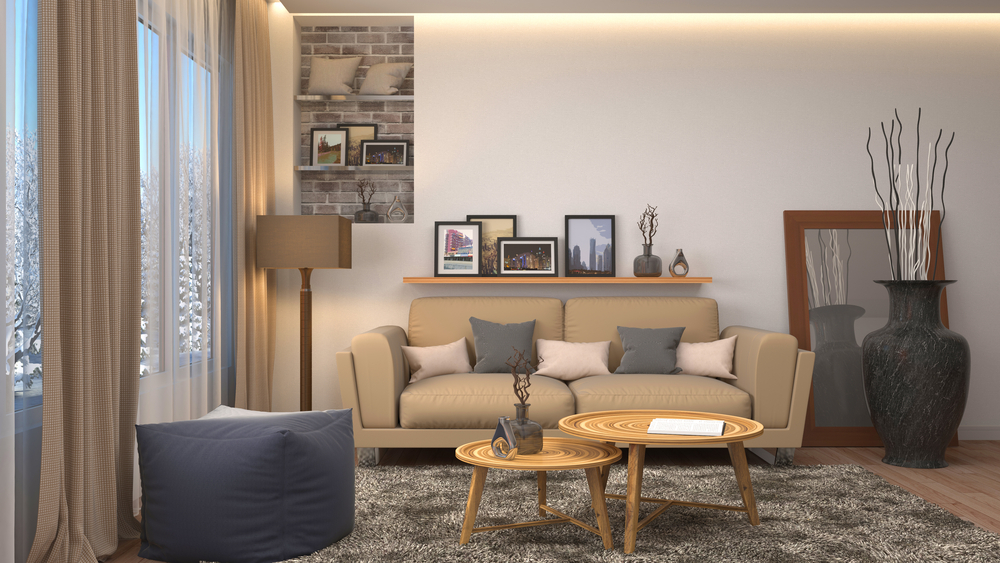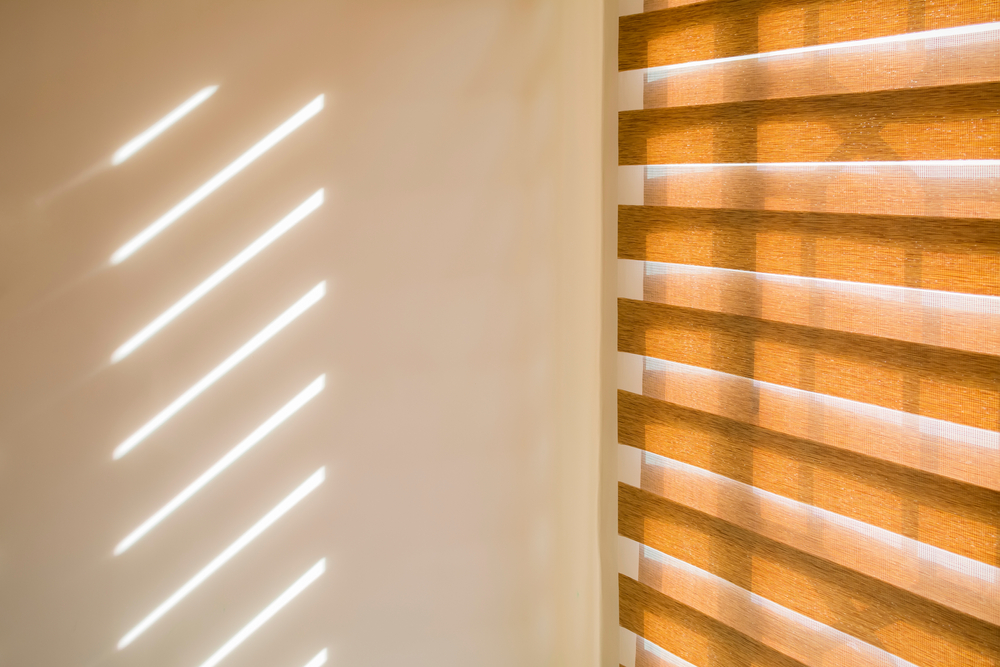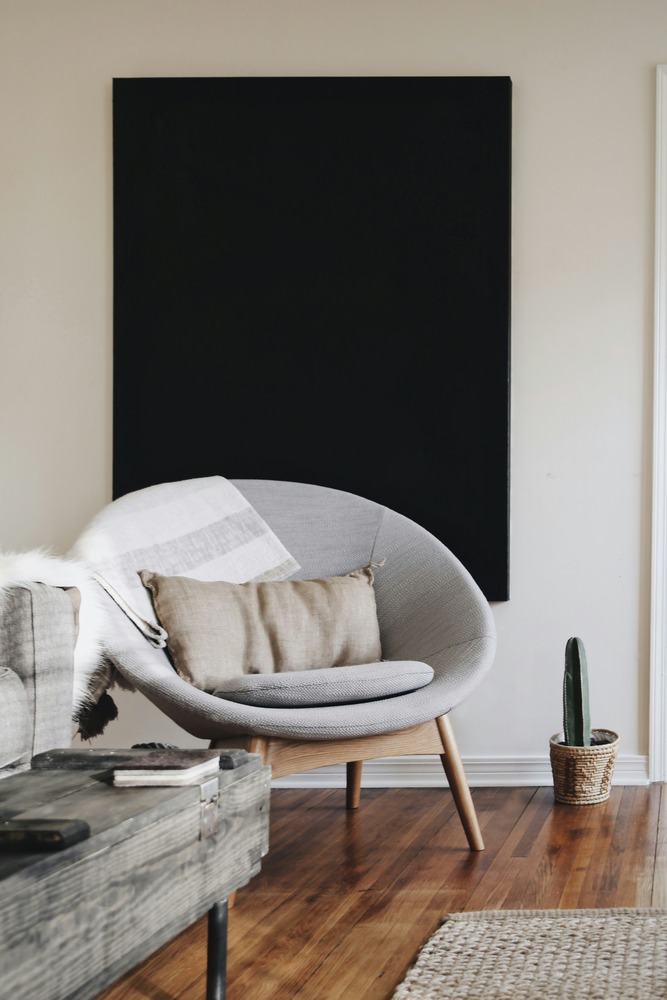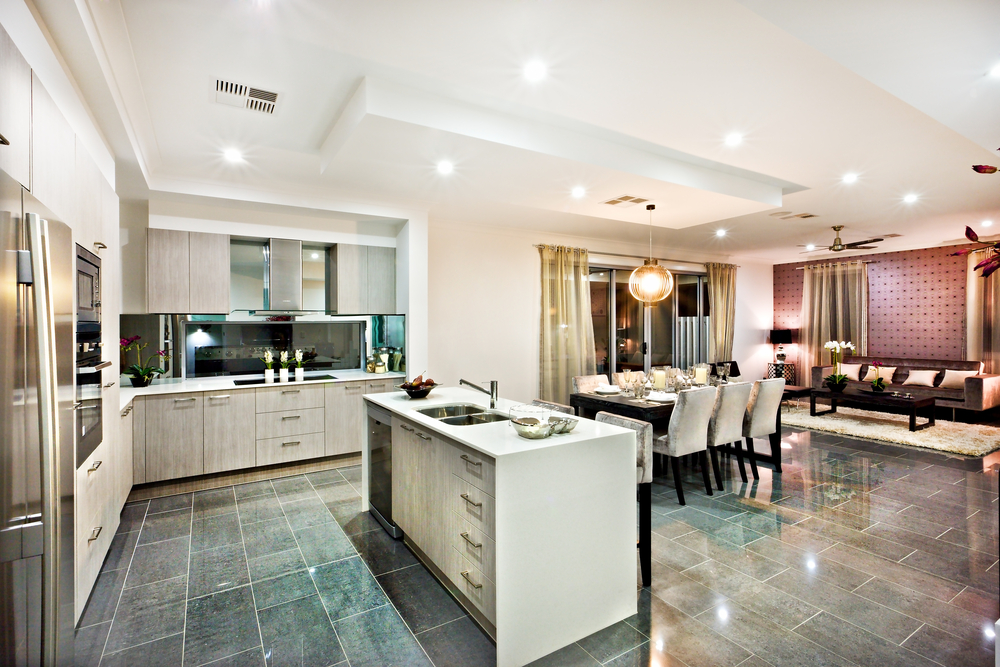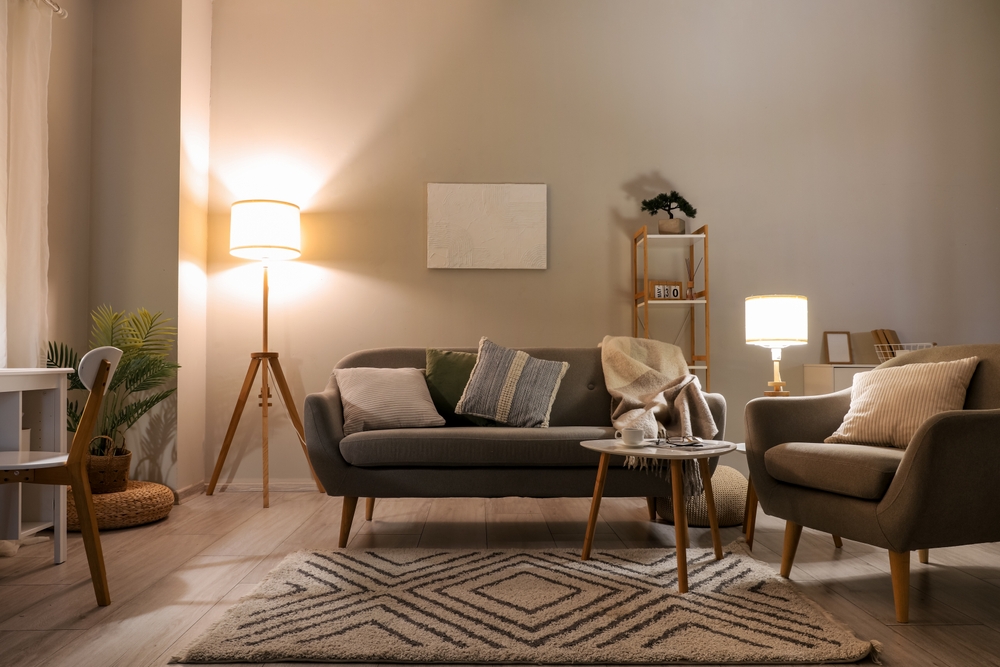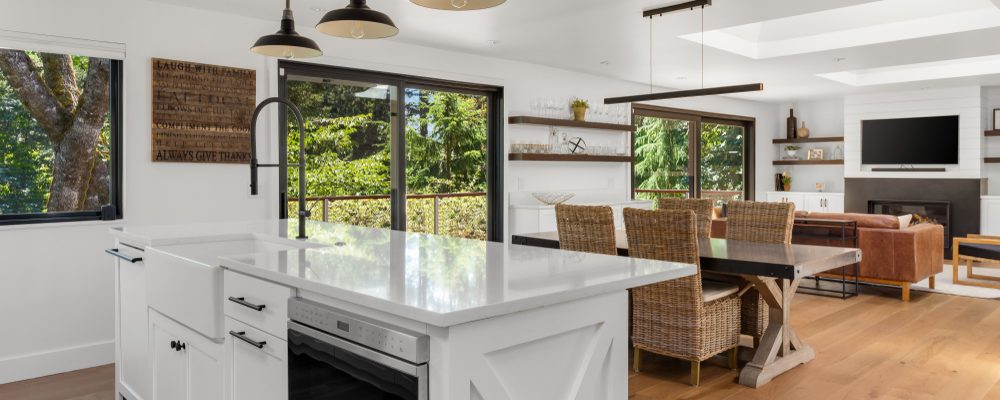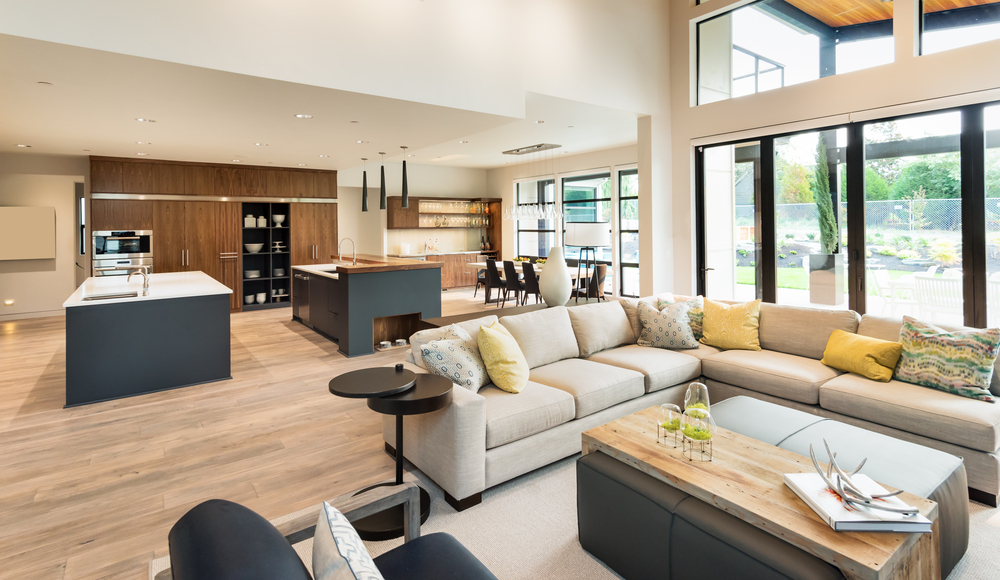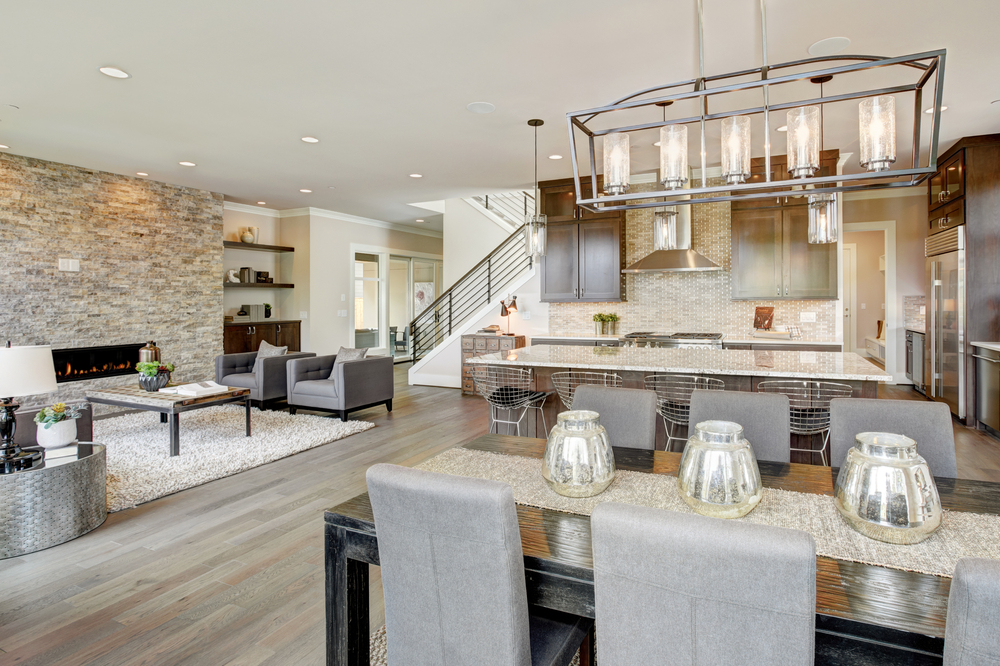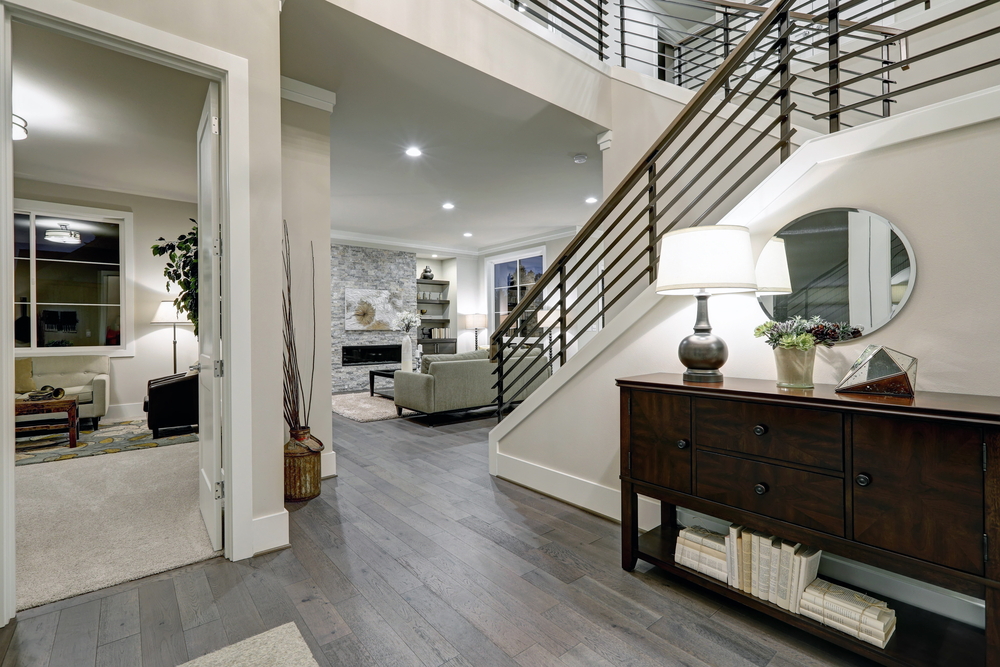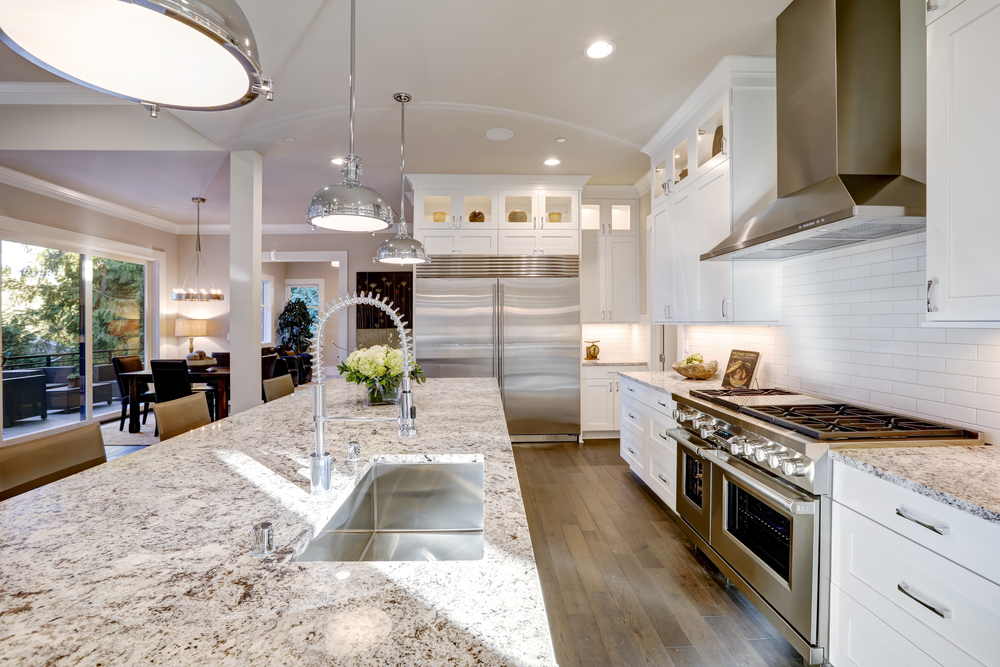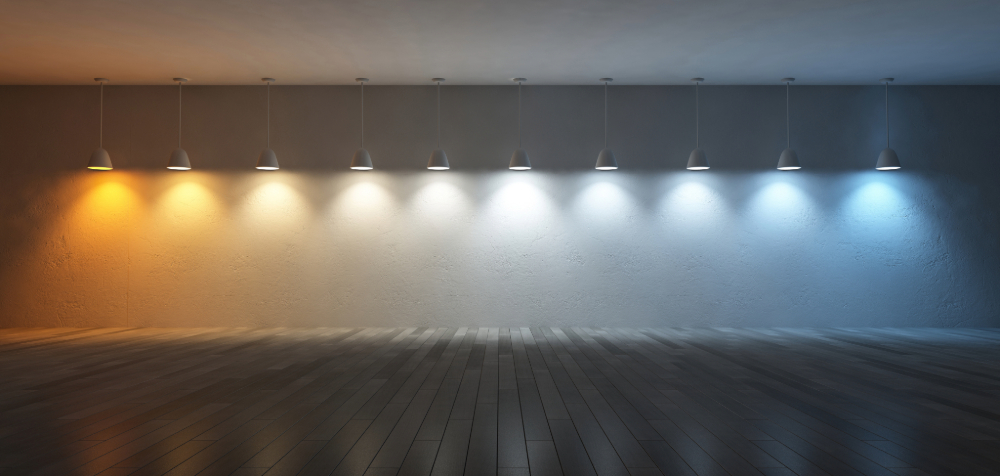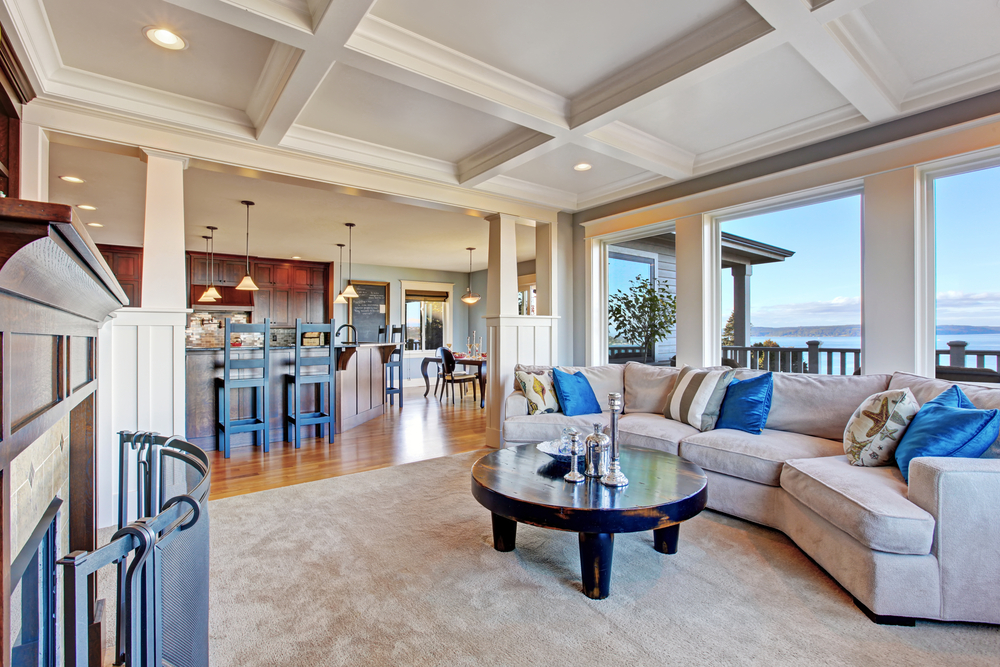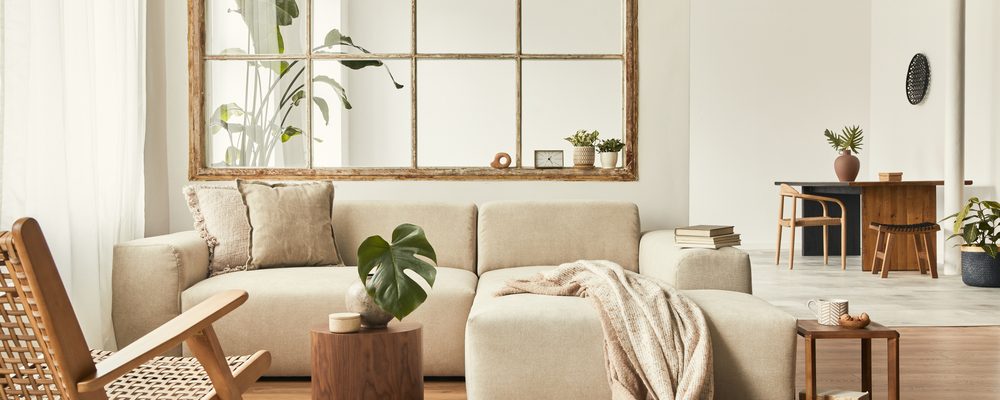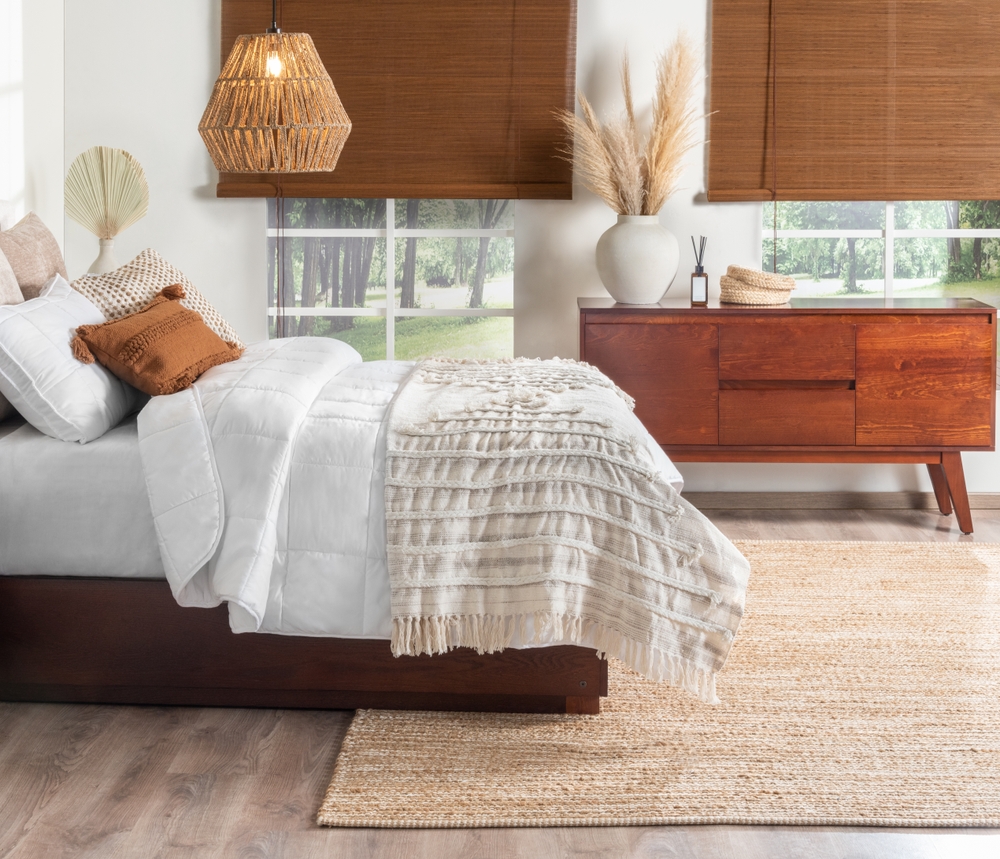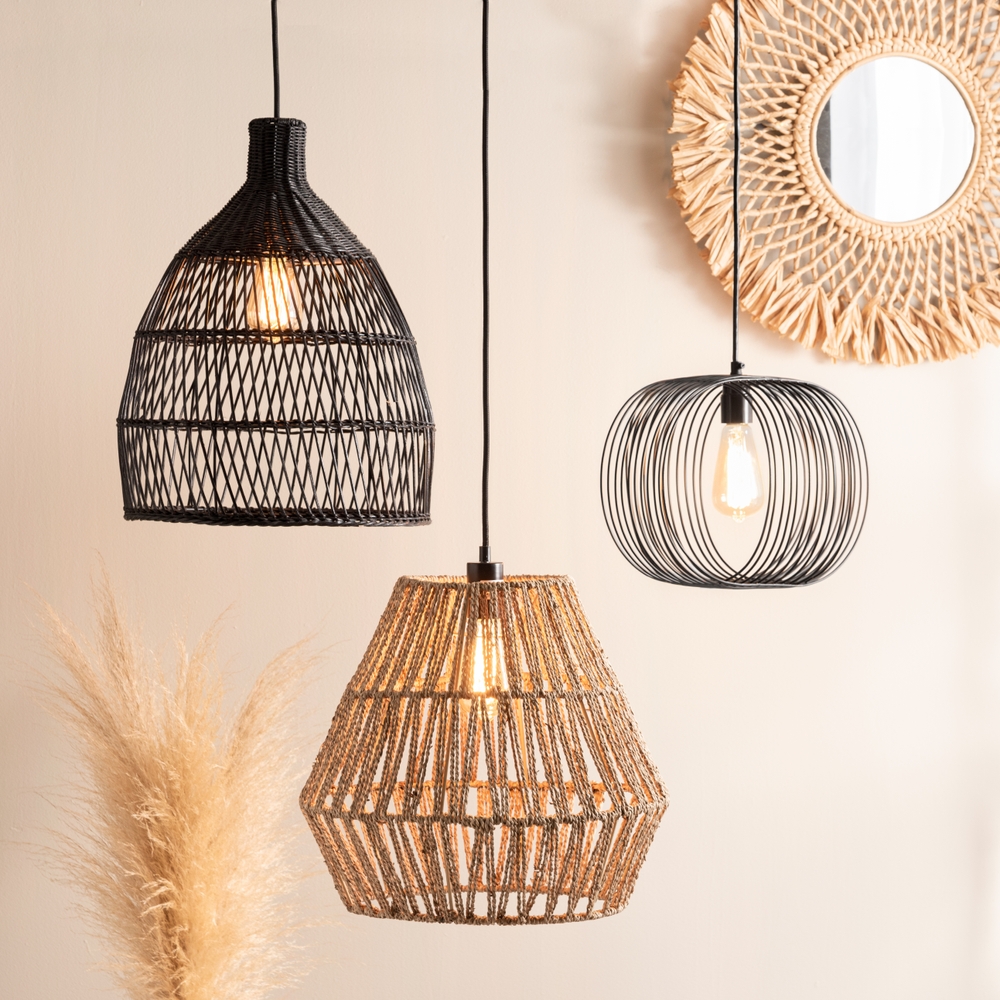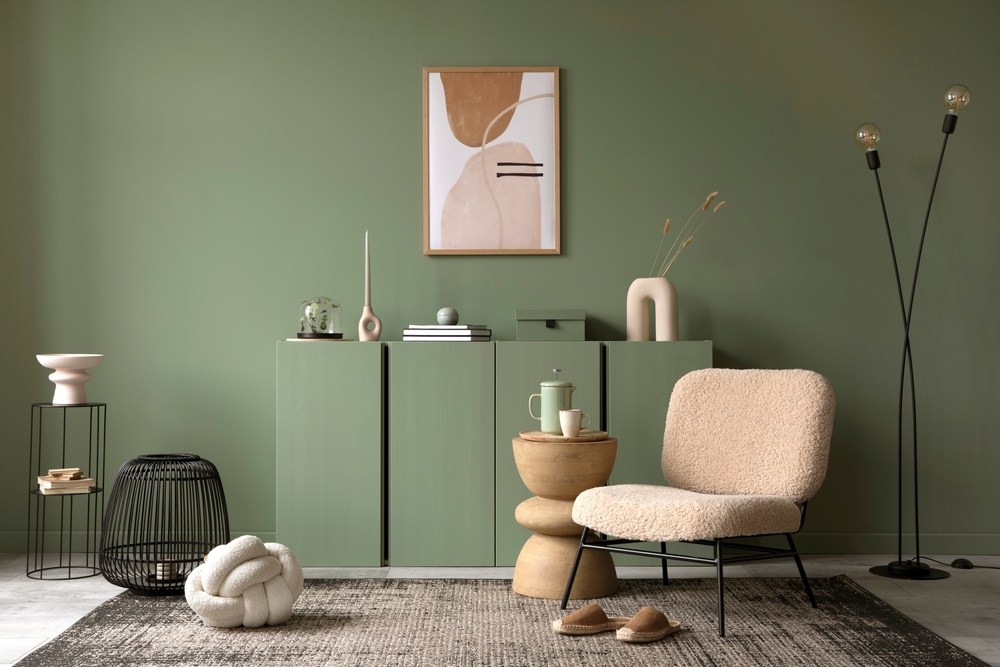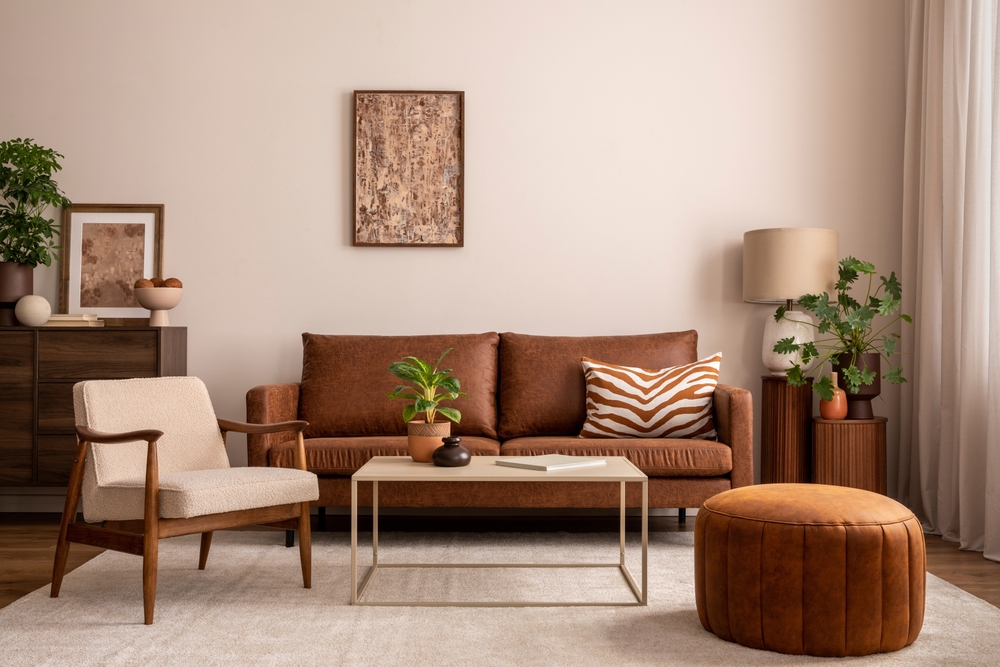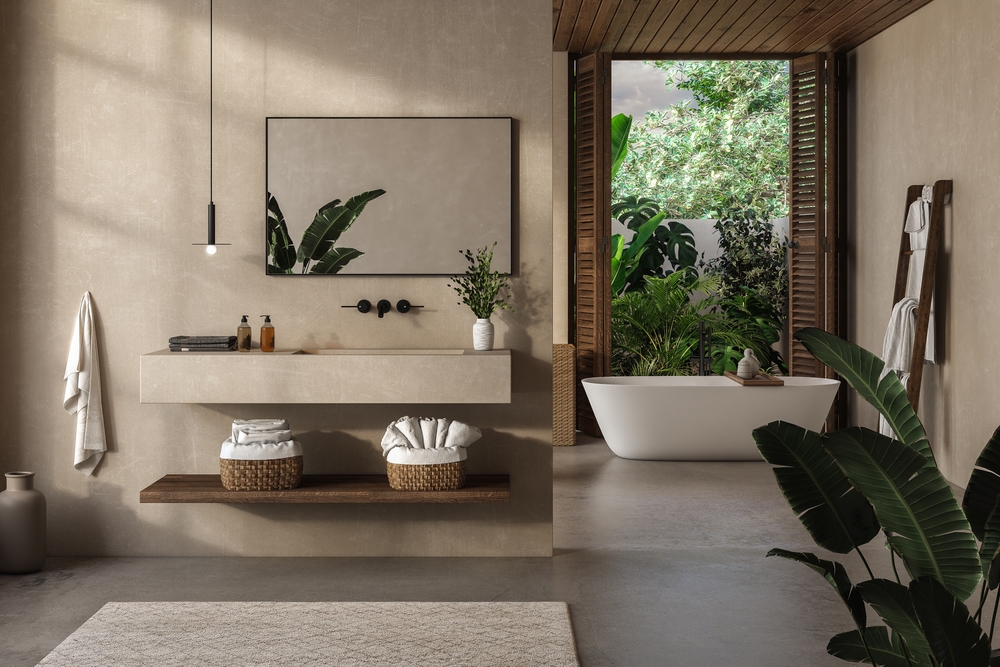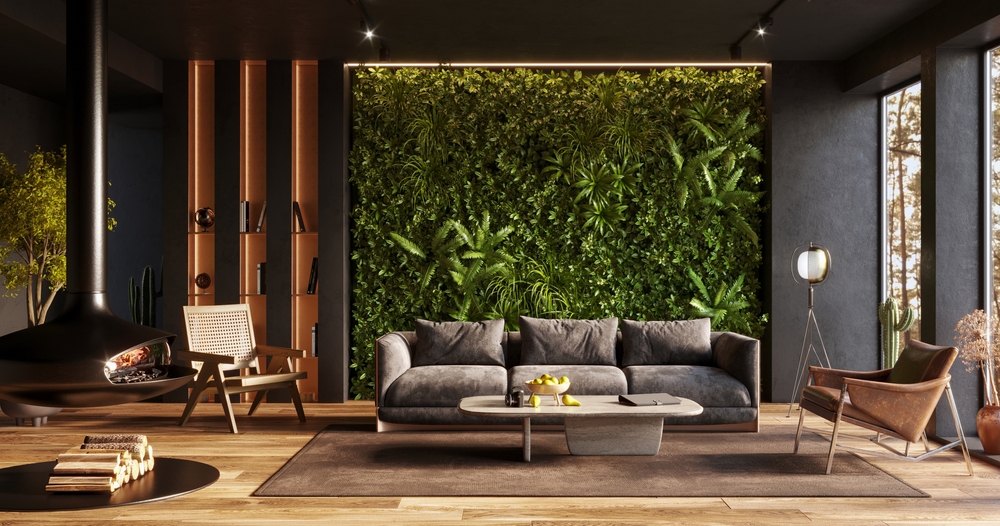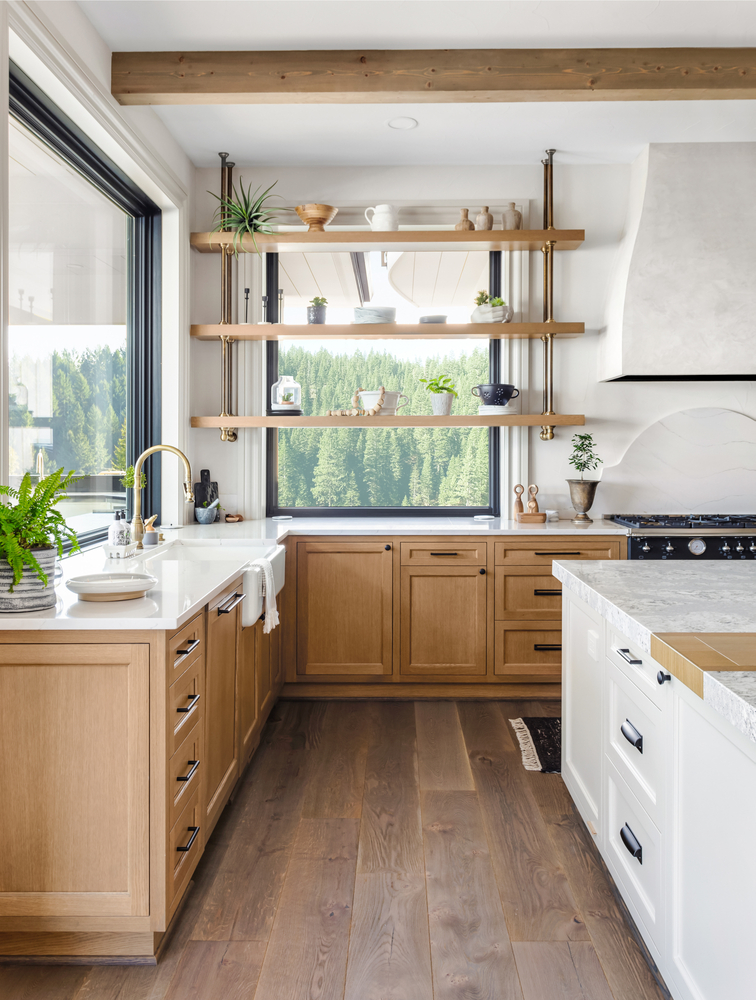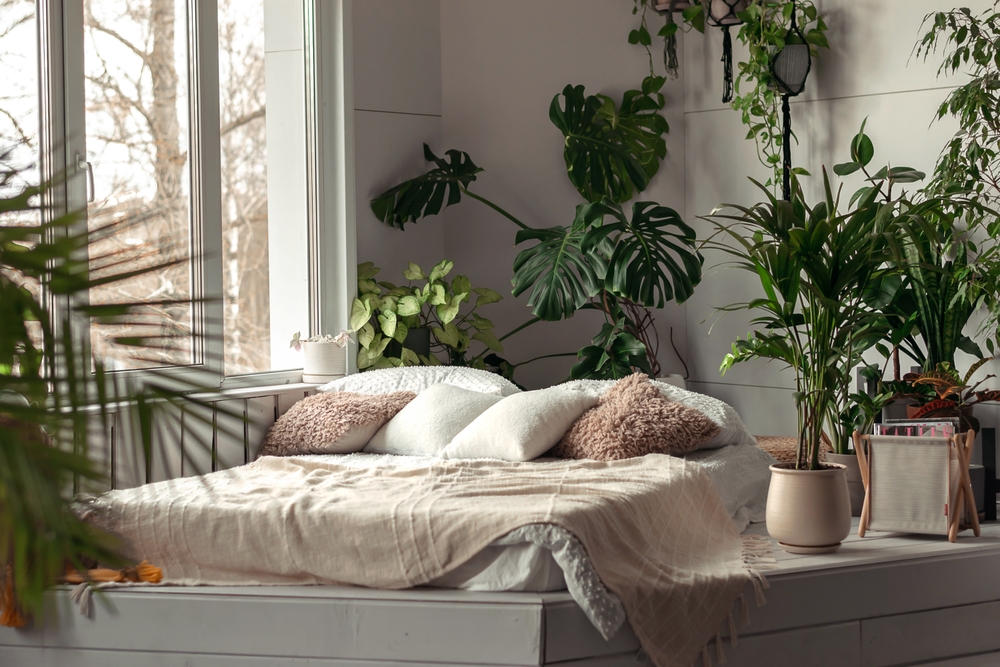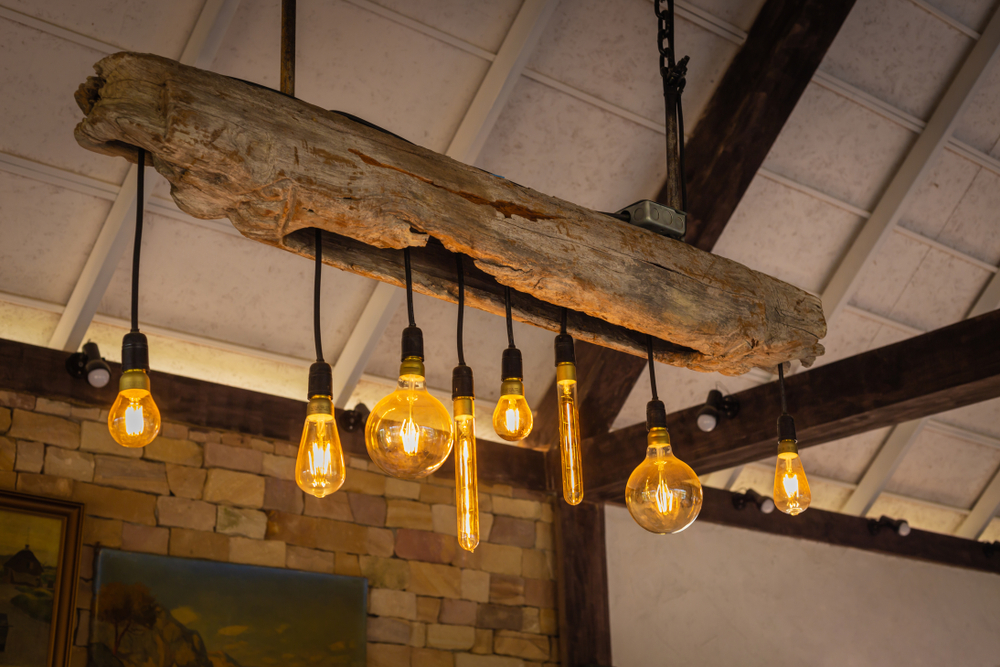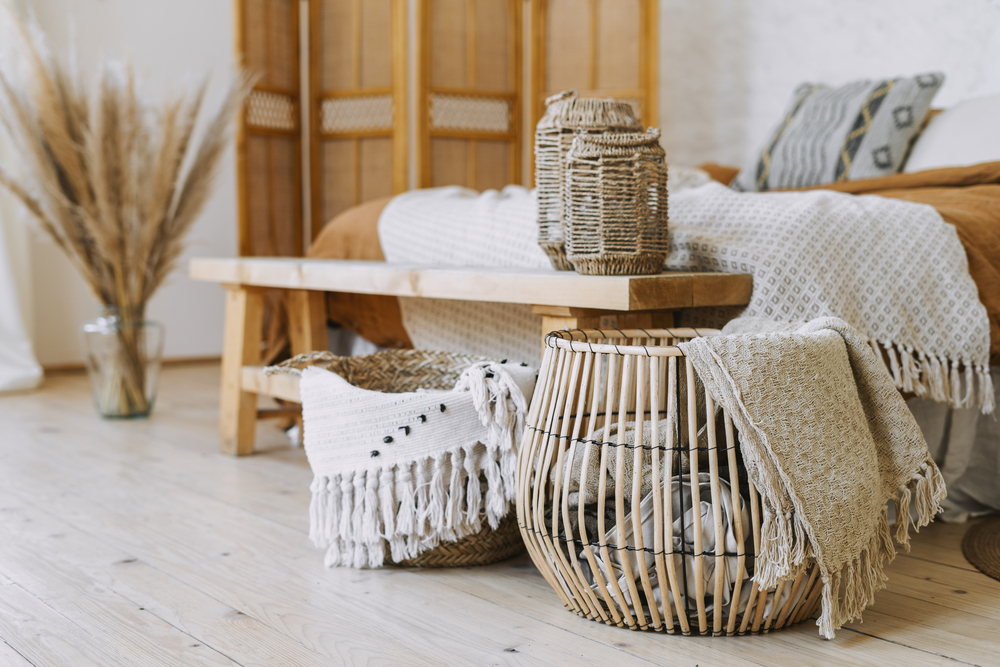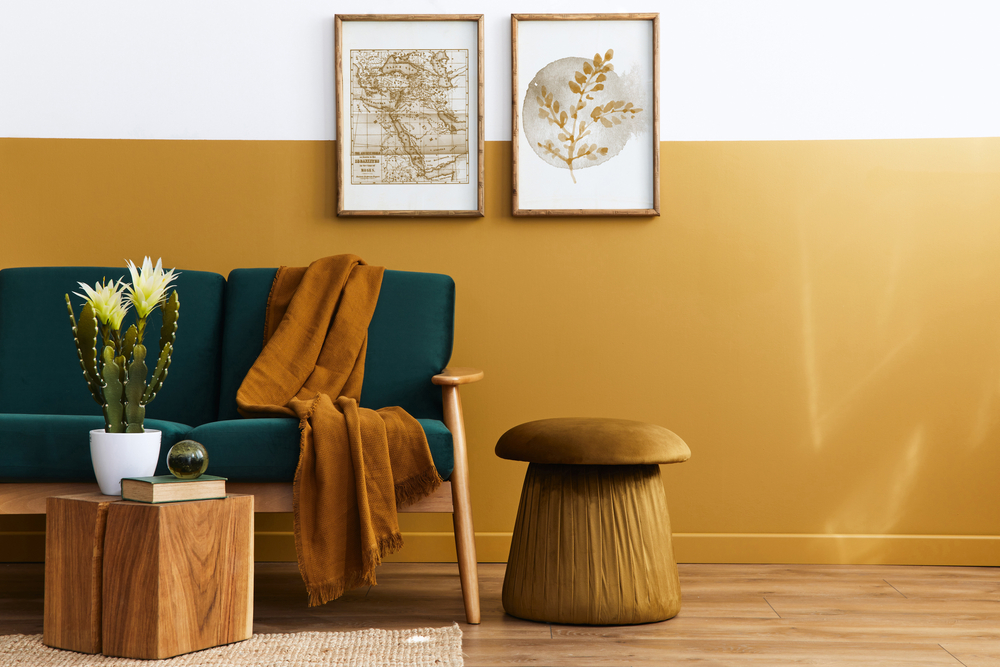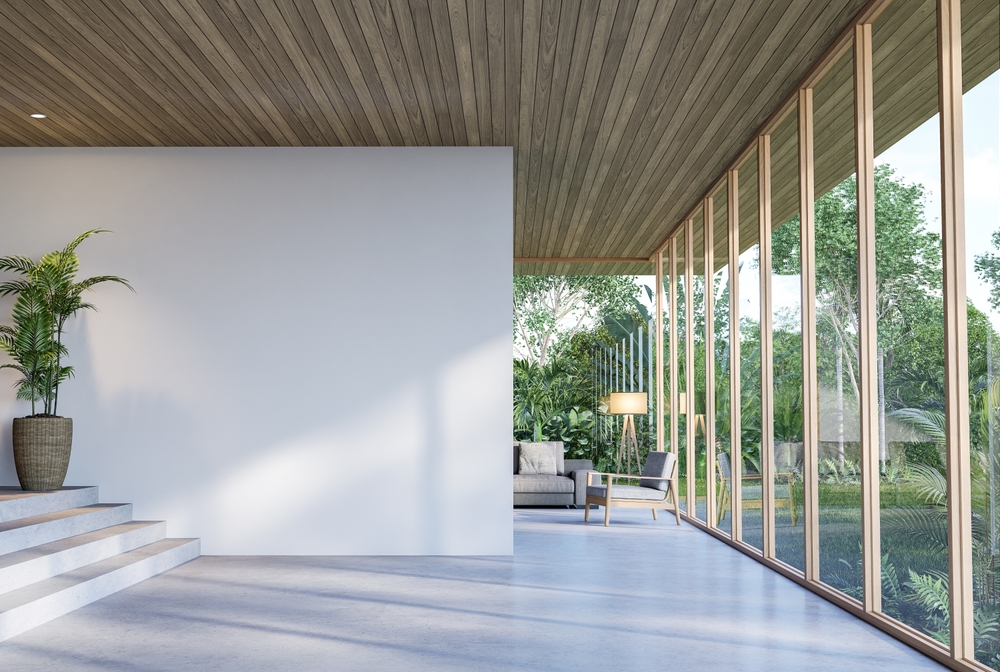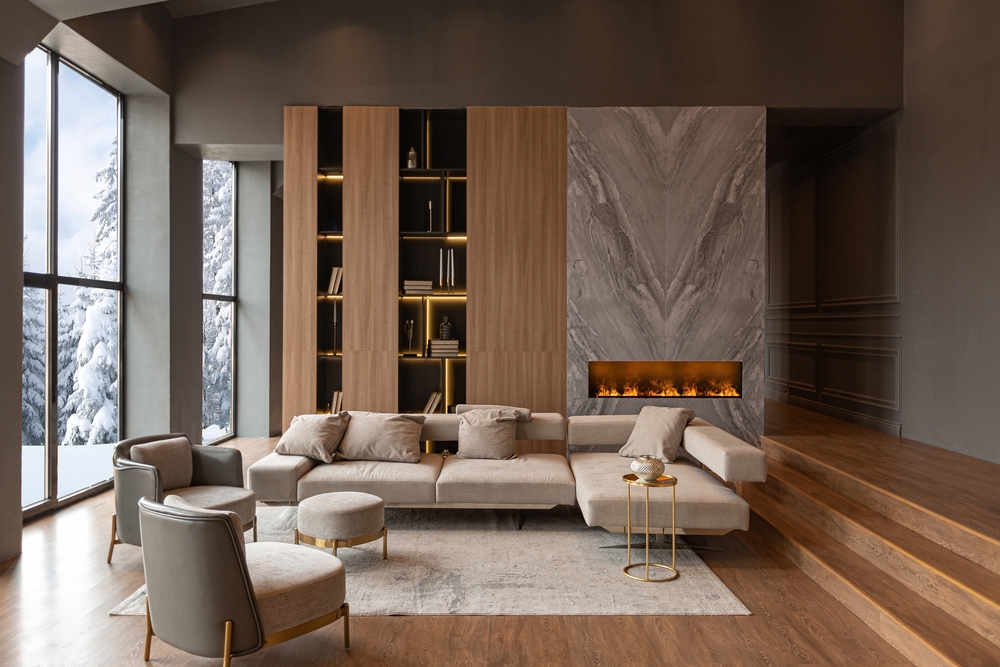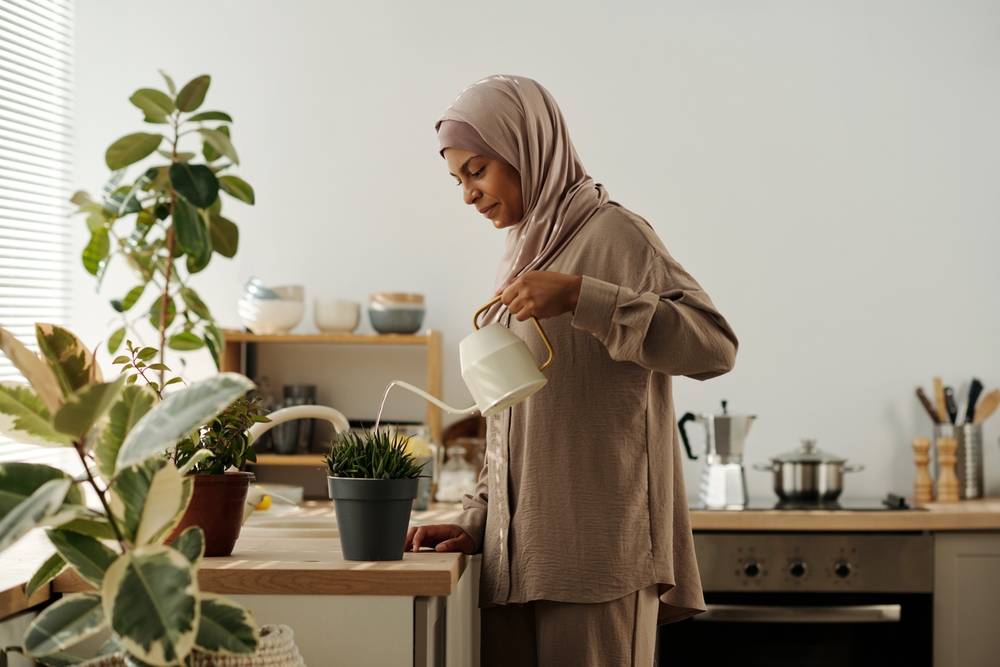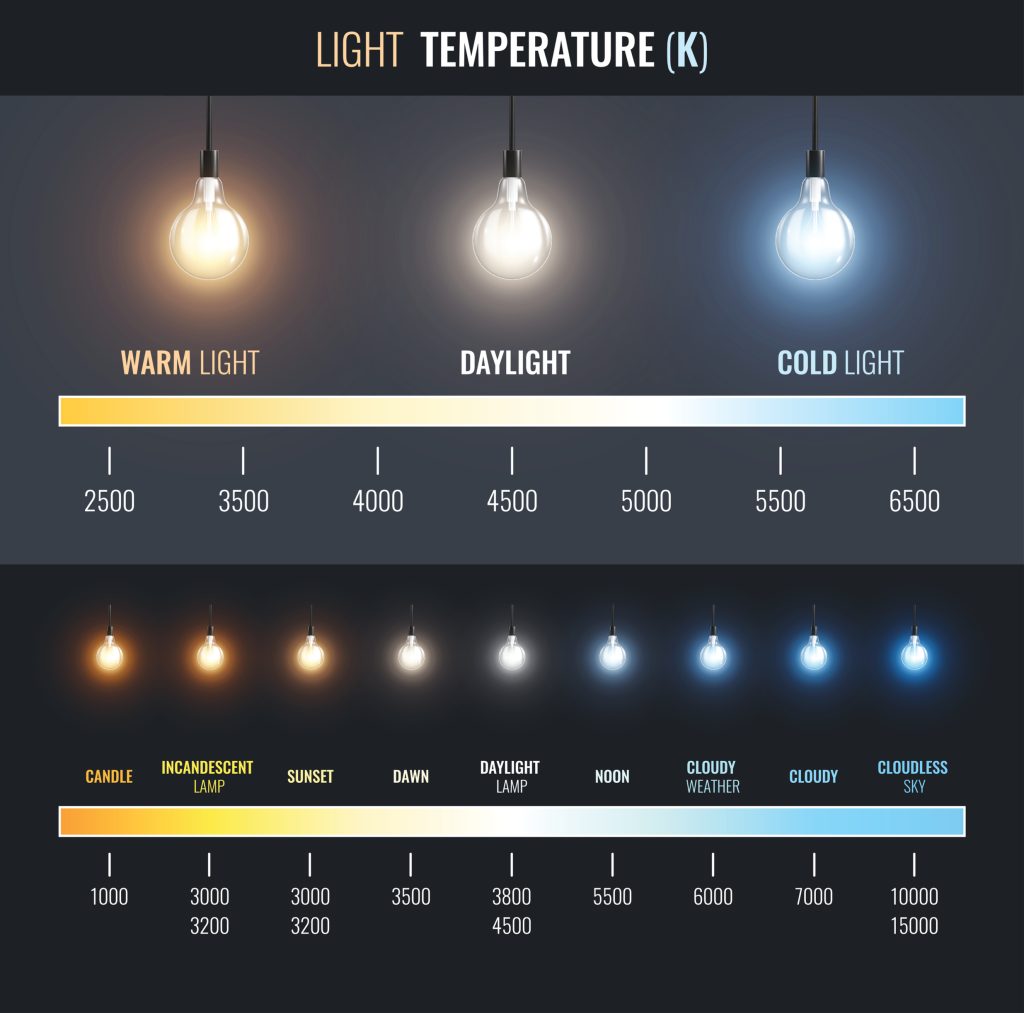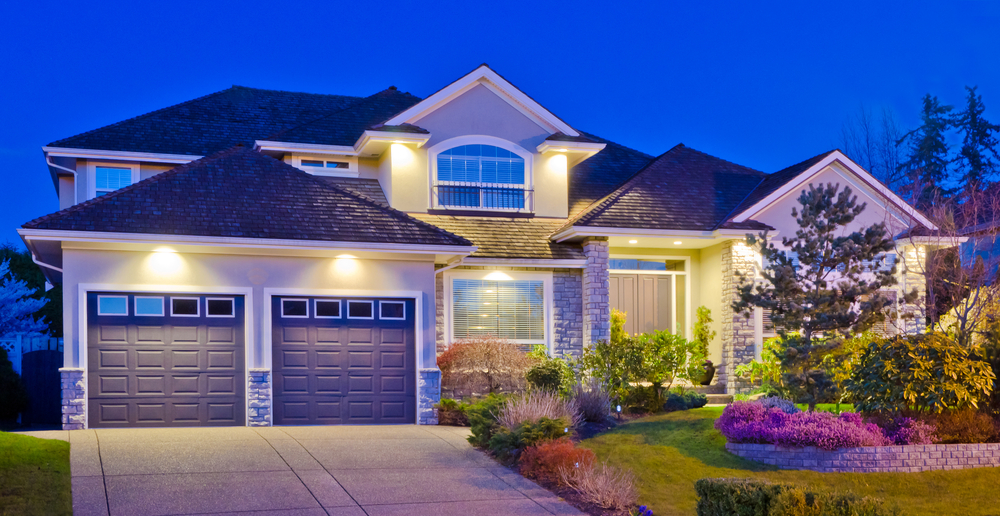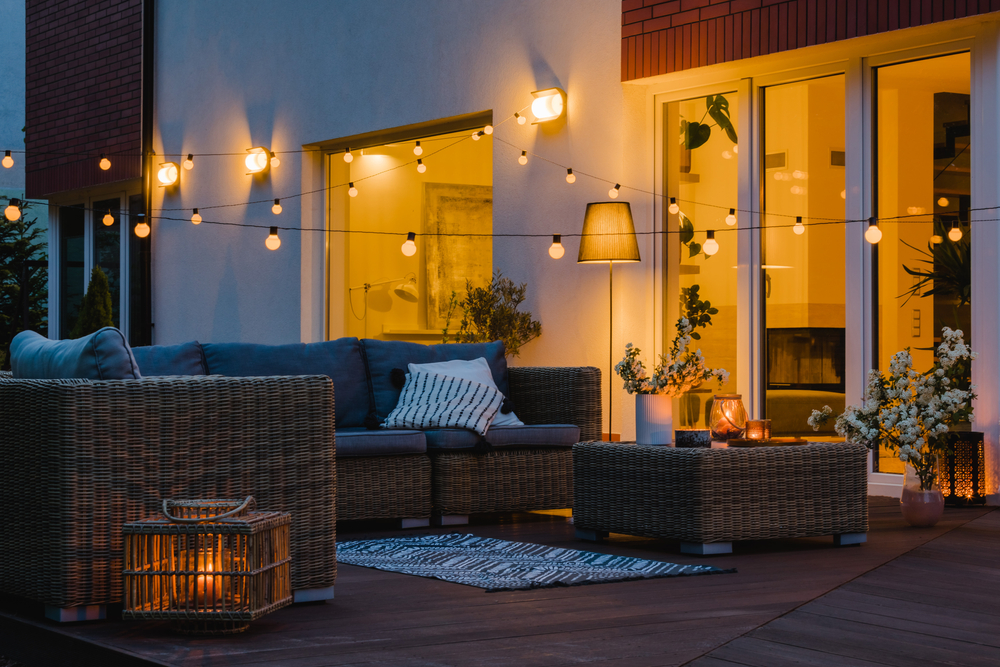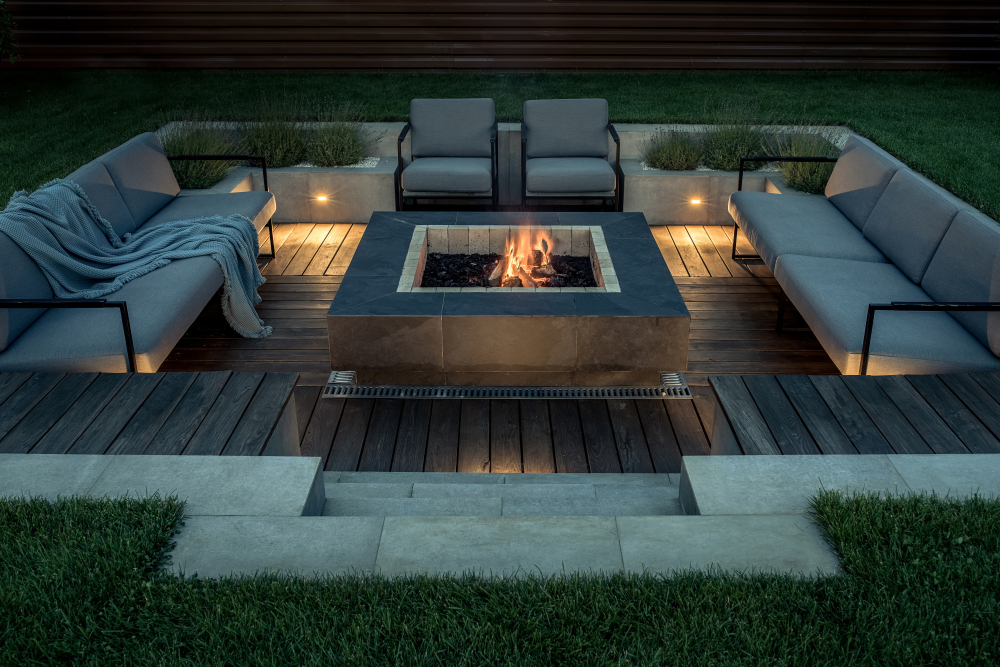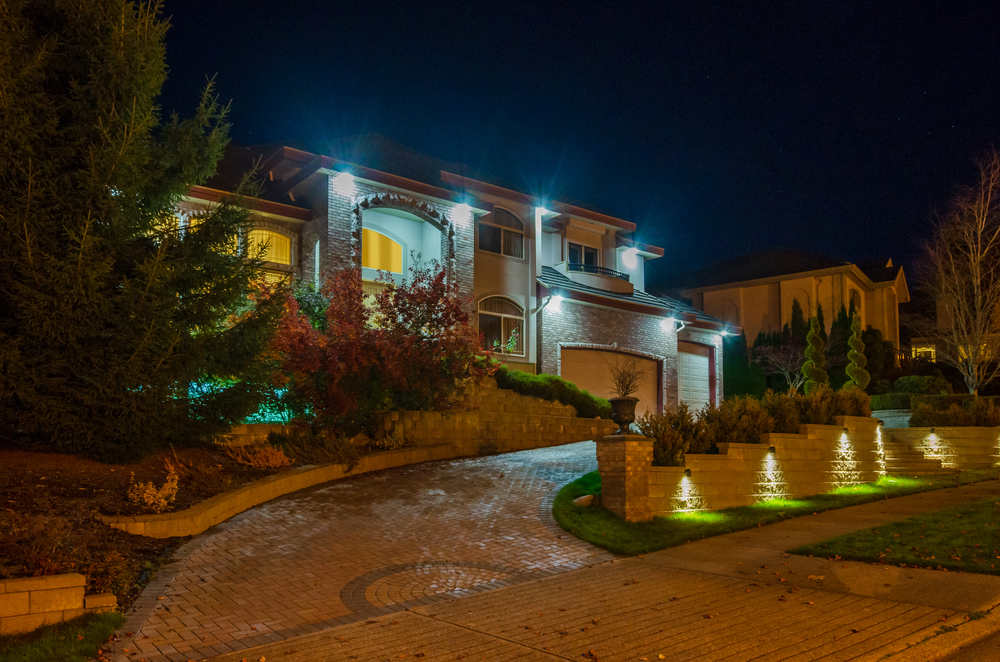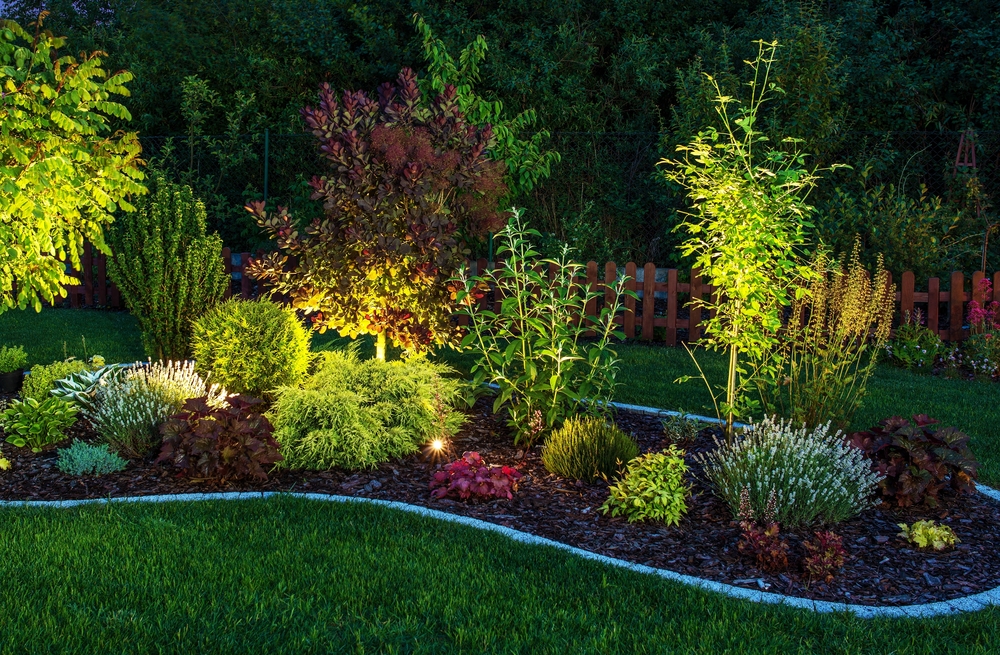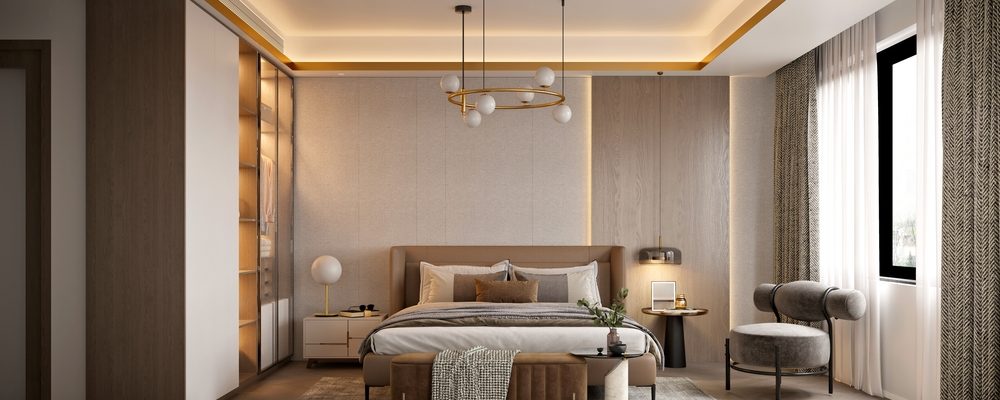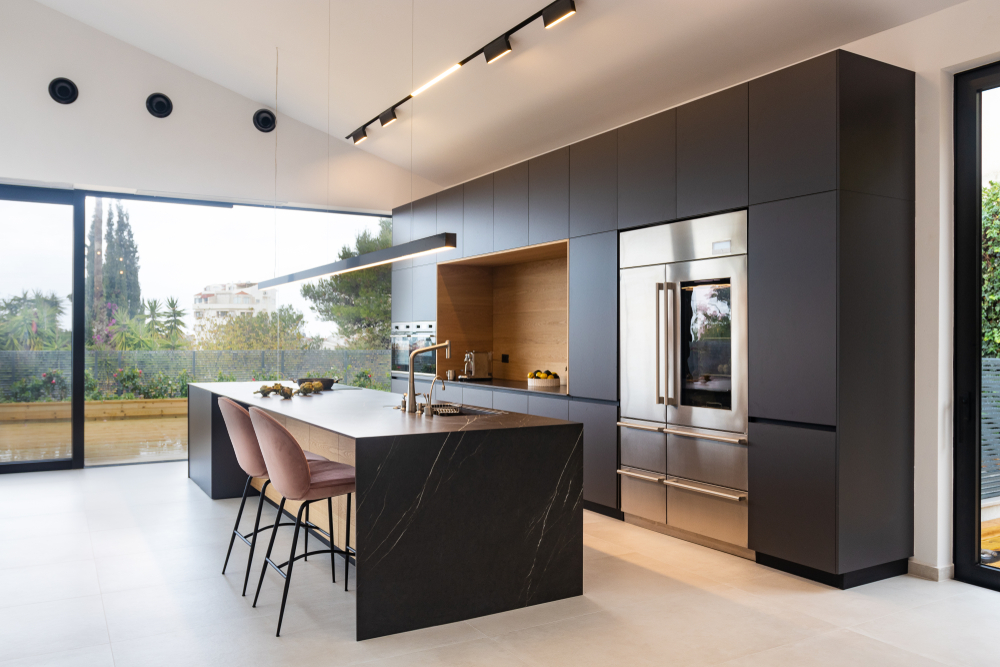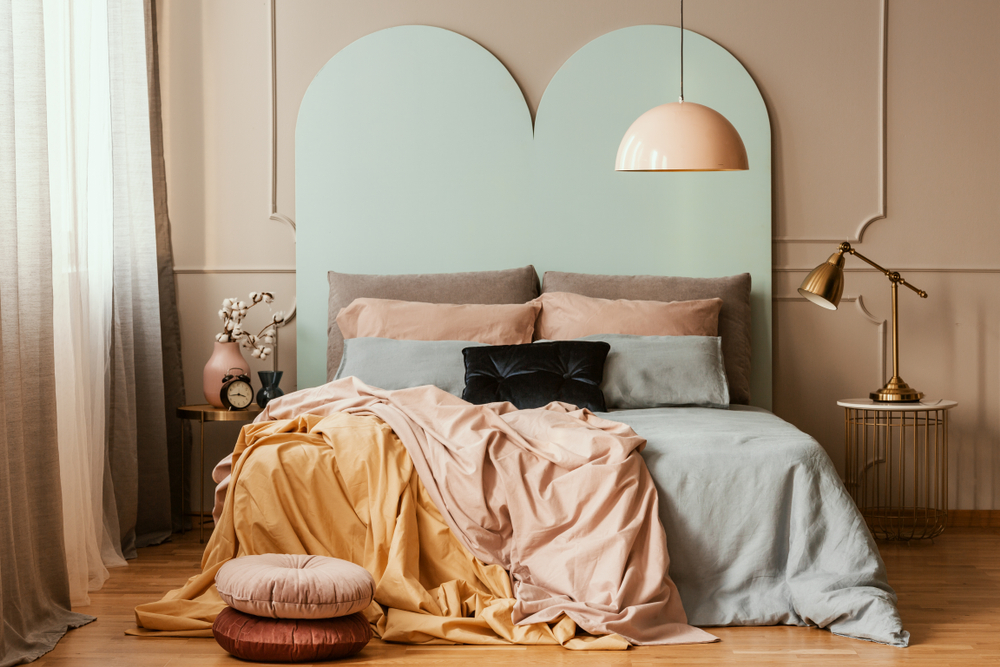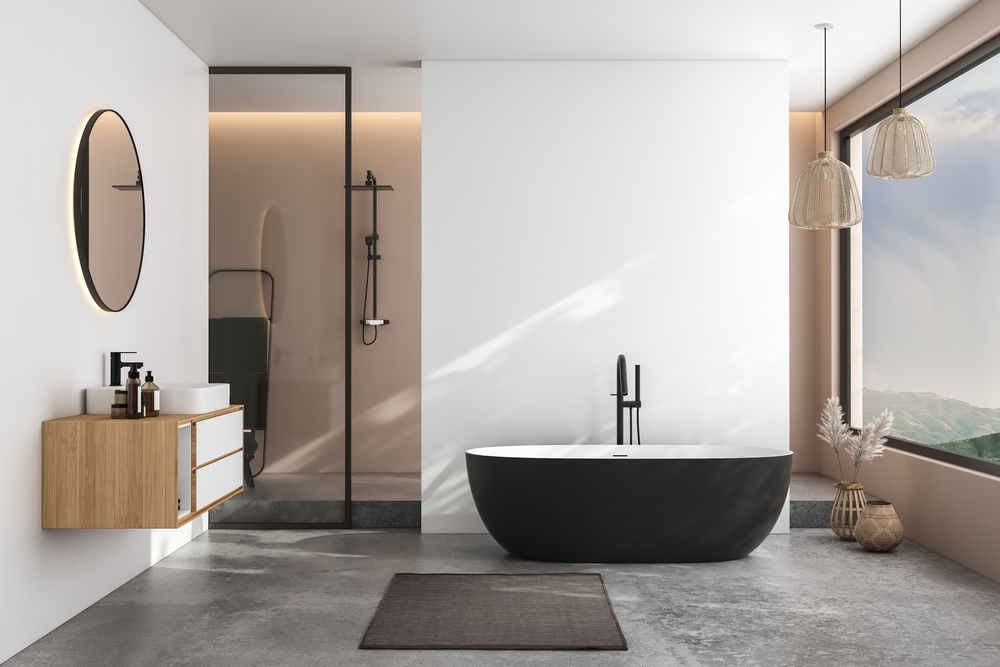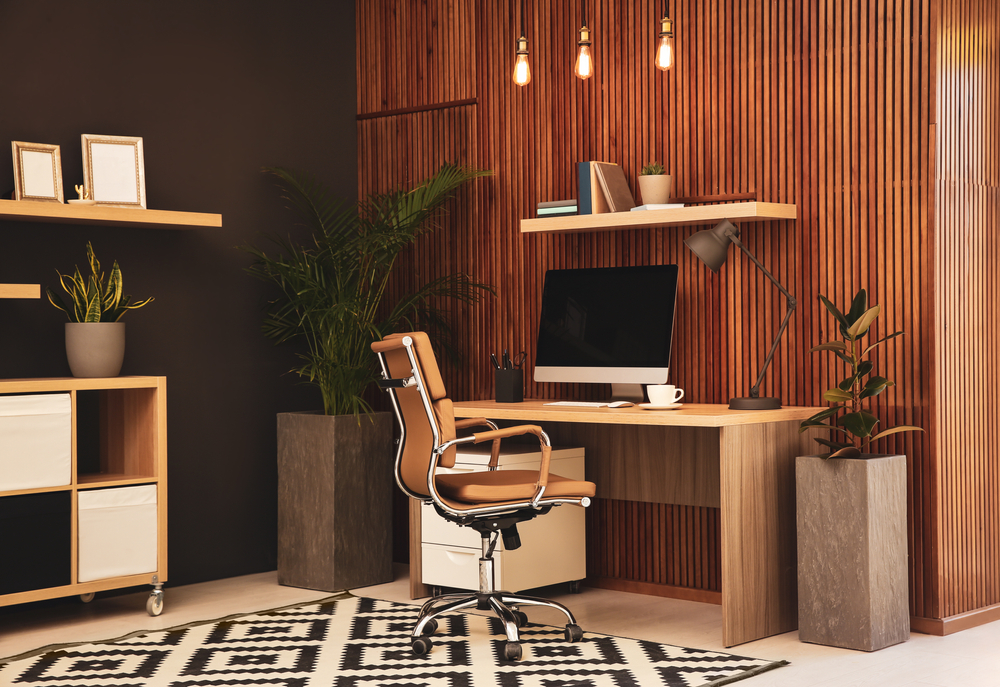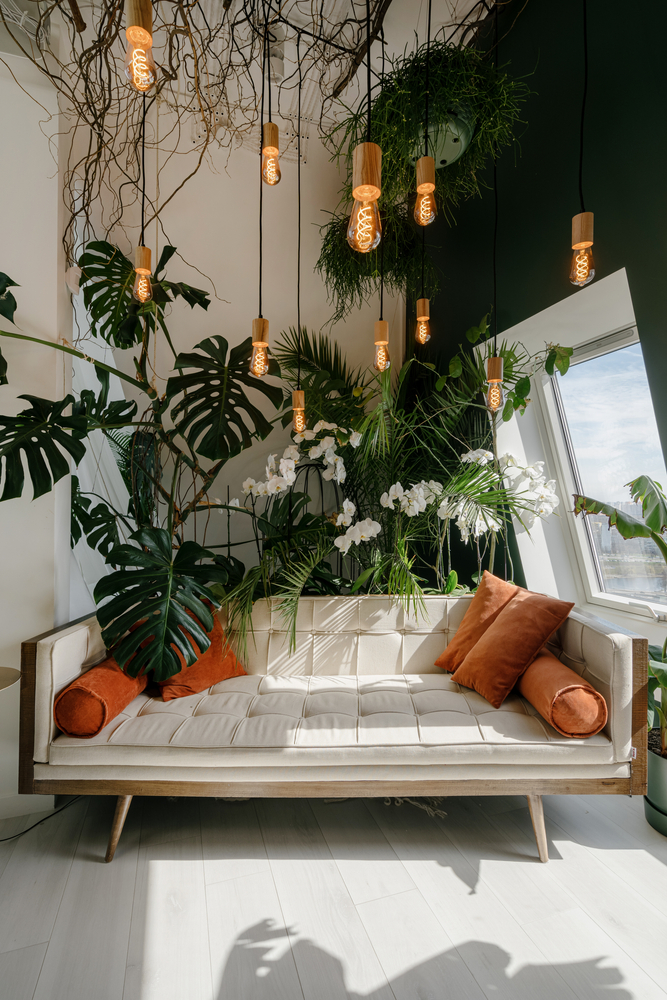Pendants lights – not only do they make a great focal point, they also provide the perfect amount of light when the late-night ice cream cravings hit. From moody modern to rustic charm, pendant lights effortlessly fit into just about any interior style, making them a favorite choice for homeowners and designers alike. With a little inspiration, your kitchen can find its perfect pendant match to infuse your kitchen with both charm and functionality!
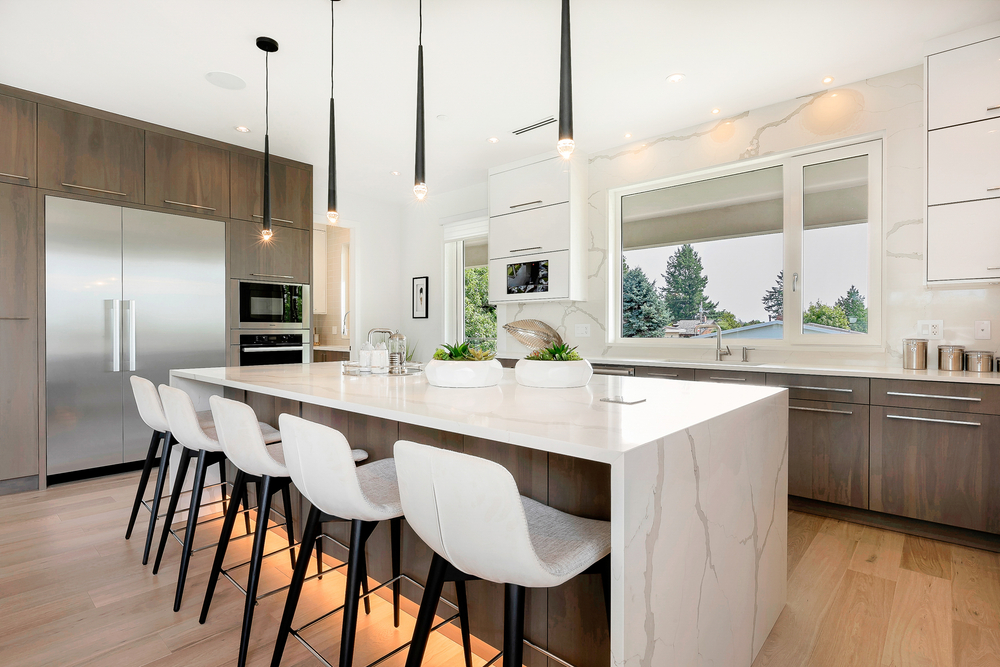
Clean Lines
This kitchen should be on the cover of a magazine! We love how these tapered black pendants draw your eye upward and make the ceilings feel even taller! They’re perfect for a kitchen with a modern vibe, but they are so versatile that they’ll pair well with any style.
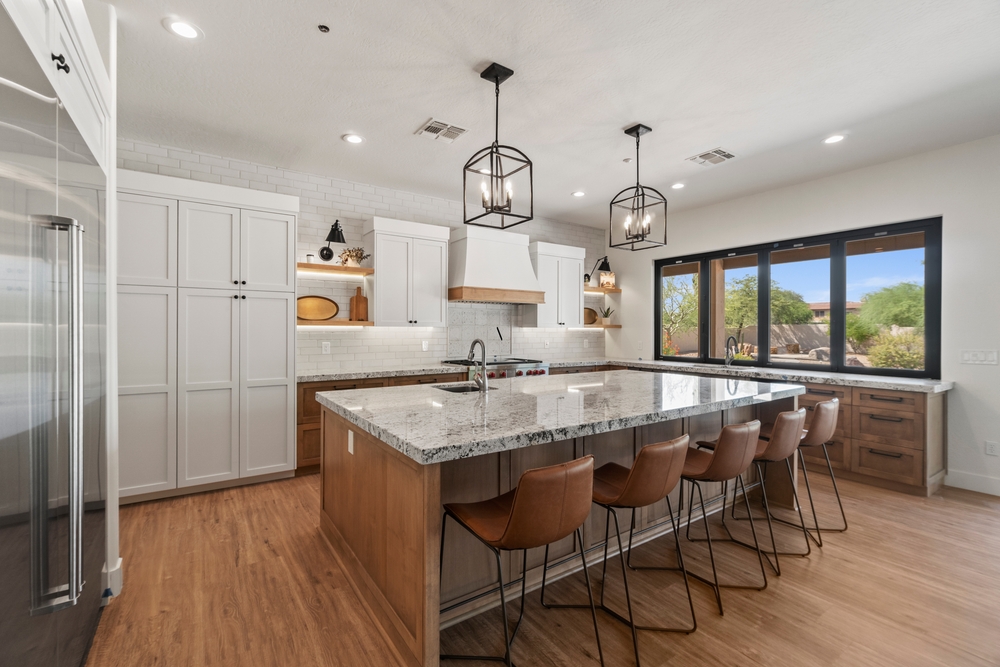
Rustic Charm
These cage pendants bring a little modern charm to a kitchen with a rustic flair. The black contrasts with the white and wood kitchen accents, and ties together the cabinet hardware, chair legs, and window casings. They give the whole kitchen a cozy atmosphere that lends itself to even the most important conversations! Obsessed is an understatement.

Matching Marble
Contrast is important in interior design – but it’s not the end-all be-all for lighting choices. Instead of matching your fixture finishes with t he cabinet hardware or appliances to make them pop, consider looking into pendants that match your countertops or cabinet color! Choosing pieces you love lets your personality shine through the design and it obviously pays off.
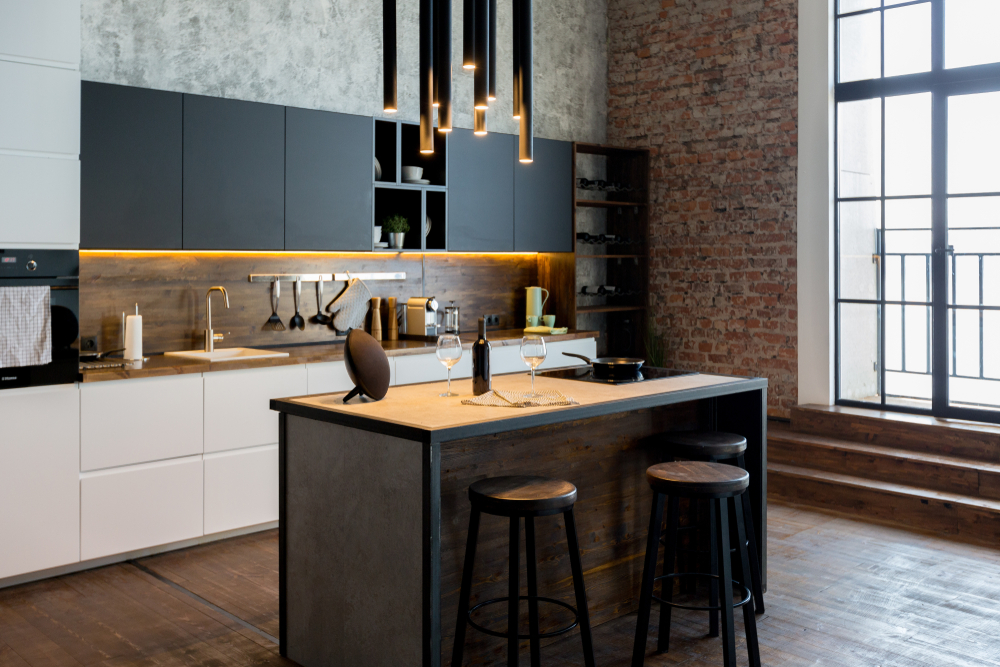
Industrial Modern
This kitchen has stunning industrial elements we can get behind – exposed brick, iron window casings, and sleek cabinet fronts to name a few! The warm tones turn a colder industrial style into a comfortable space where you’ll want to spend your time. But the pièce de résistance of the entire space is this gorgeous asymmetric pendant cluster hung over the island. This modern fixture ties everything together for a cohesive look that we couldn’t love more!
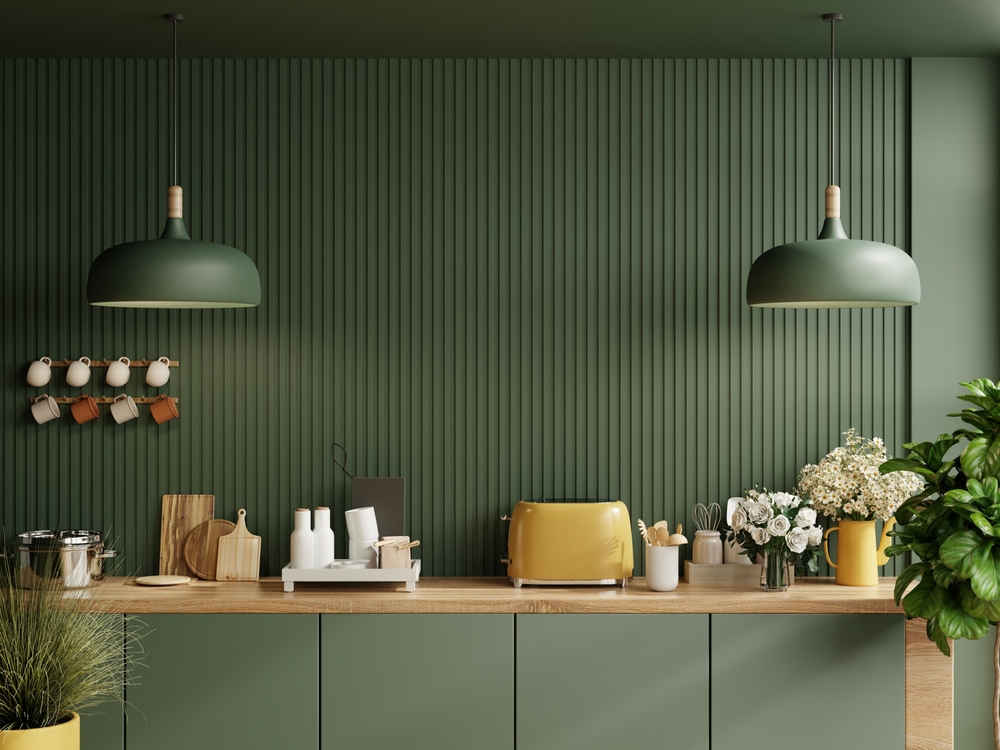
Monochromatic Breakfast Bar
Monochromatic can be a tricky look to pull off, but when it works, it works. Using all green for the cabinets and walls makes the wood and yellow accents pop! The green dome-shaped pendants hung above this bar blend in with the walls to highlight the most-used area in any kitchen – the countertop! The accessories on this counter give the otherwise monotone space plenty of personality with practical pieces in fun pops of color. You could easily whip up some toast and hot chocolate without even opening a drawer!
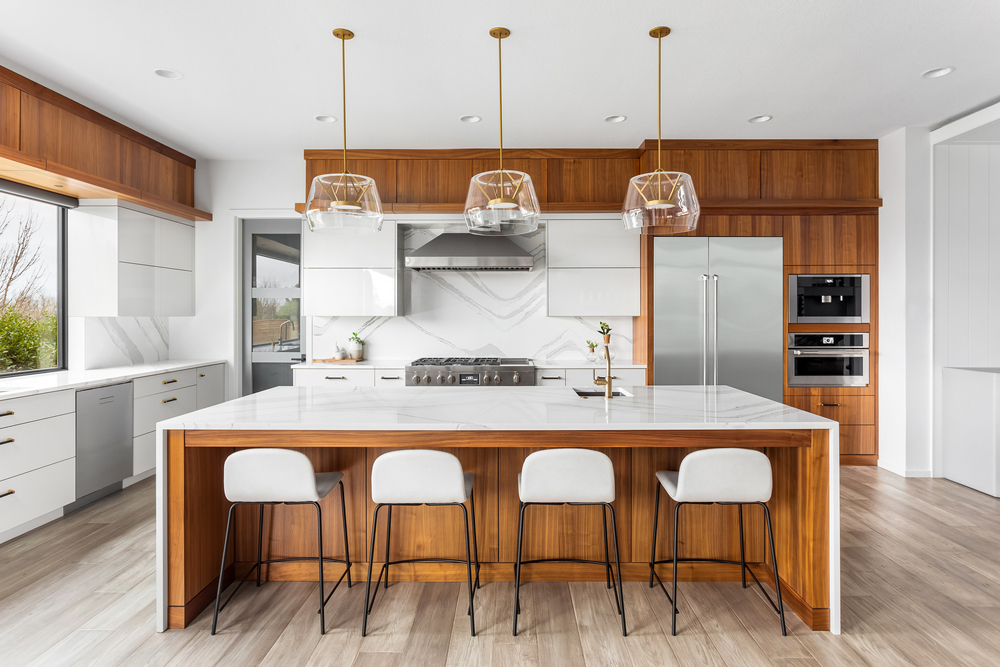
Dainty Glass
Glass shades are always going add a touch of elegance to a space, but these ones really pull out all the stops. They’re the perfect size to give you enough light to chat with your loved ones while you’re baking your famous cookie recipe or setting out a snack bar for the big game. The gold accents on these pendants pair beautifully with the faucet, and the result is a kitchen we are dying to steal.
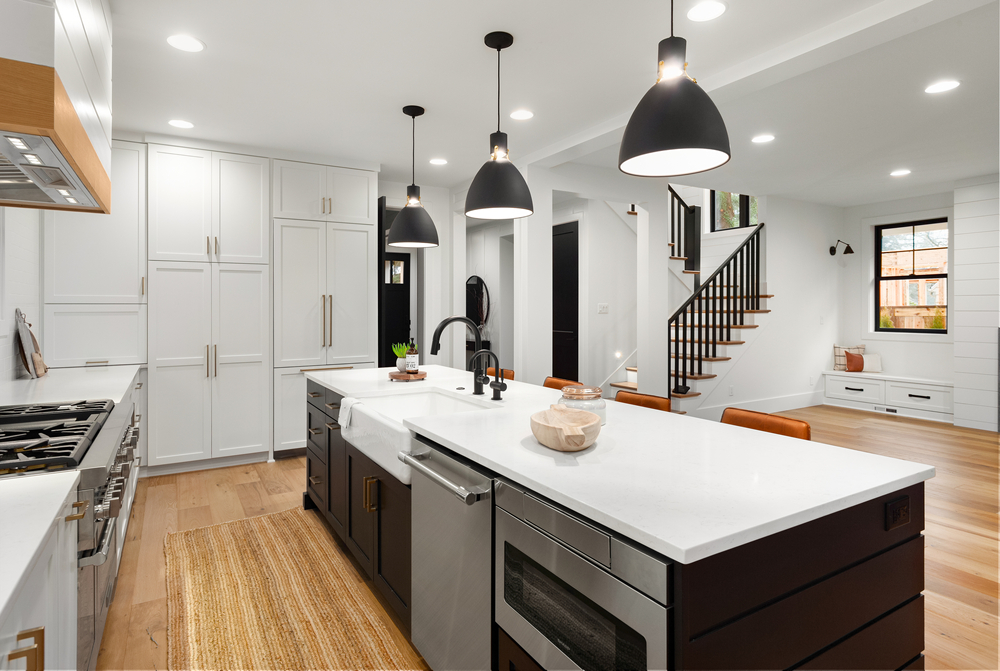
Timeless Beauty
Updating your kitchen can be a massive undertaking – you shouldn’t have to do it every 5 years. Instead, pick classic pieces like these matte black pendants that will match your style for years to come. A pendant with a classic shape in a neutral finish will adapt to whatever fashion throws your way – and it’ll look gorgeous doing it.
—
No matter the style, pendants are a staple in kitchens for a reason! Pendants provide much-needed extra light in important countertop work spaces… and they totally transform the mood and atmosphere of your kitchen! No matter what direction you choose, your new kitchen pendants are sure to make a statement.
For your next kitchen lighting project, don’t get caught catching buyers remorse – check in with a local lighting expert that can help you find exactly what you need. When you’re ready to get started, give us a call and our experts will help you narrow down your options and give you tips on your next stunning kitchen lighting project.
